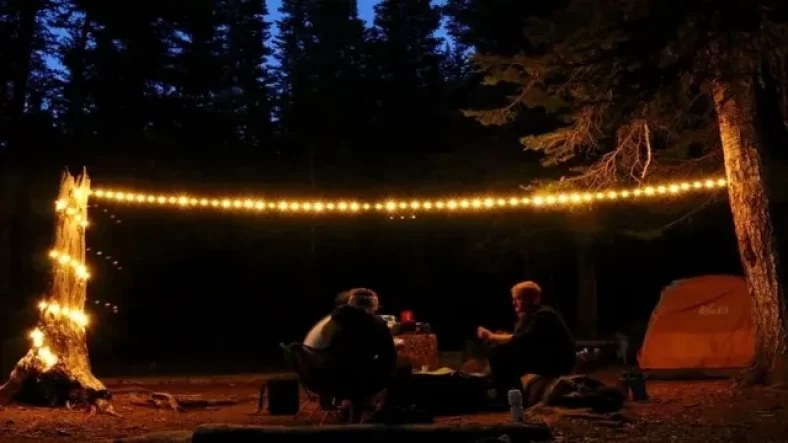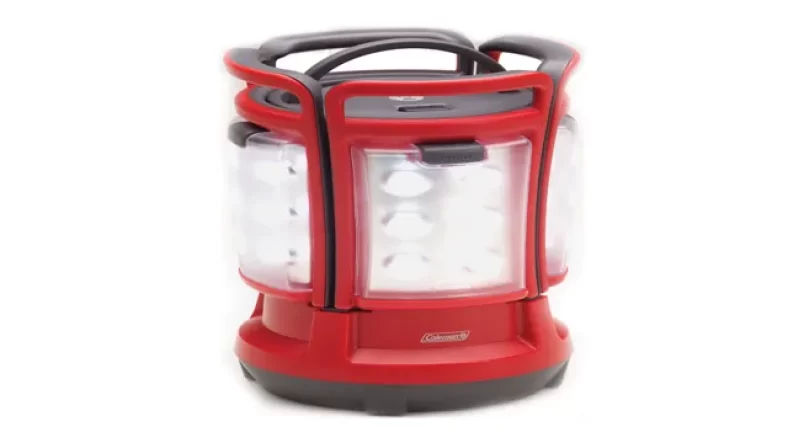Light bulbs are an essential part of our everyday lives, providing illumination to our homes and workplaces. It’s always a good idea to have spare light bulbs on hand for those inevitable moments when a bulb burns out unexpectedly. However, keeping track of these spare light bulbs and ensuring they remain in good condition can be a challenge. In this guide, we’ll explore effective ways to store and organize spare light bulbs to ensure you have a well-lit space at all times.
When it comes to home maintenance, having spare light bulbs on hand is often overlooked. However, having a clear strategy for storing and organizing these bulbs can save you time and frustration in the long run. Let’s dive into the essential steps for efficient light bulb management.
The Importance of Spare Light Bulbs
Spare light bulbs are like insurance for a well-lit environment. Imagine a scenario where an important task needs completion, but a burnt-out bulb hinders your progress. Having spare bulbs prevents such inconveniences, ensuring that your space remains bright and functional.
Choosing the Right Storage Space
The storage location for your spare light bulbs matters. Opt for a cool, dry place that is easily accessible. Avoid areas with extreme temperature fluctuations as they can impact the bulbs’ longevity.
Organizing by Bulb Type
Different areas of your home might require various types of light bulbs. Sort and group your spare bulbs based on their wattage and type, such as incandescent, LED, or CFL. This way, you can quickly find the right bulb when needed.
Labeling for Easy Identification
Label each group of bulbs with its corresponding information. Include details like bulb type, wattage, and intended location. This labeling practice saves time and eliminates guesswork.
Protecting Bulbs from Damage
Light bulbs are delicate items that can easily break if mishandled. Wrap each bulb in soft material, such as tissue paper or bubble wrap, before storing them together. This precaution prevents accidental breakage.
Utilizing Storage Containers
Transparent storage containers are excellent for keeping spare bulbs visible and protected. Clear bins allow you to quickly assess your inventory and locate the bulb you need without rummaging through different boxes.
Creating a Maintenance Schedule
Regularly check your stored bulbs for any signs of damage or corrosion. Replace any bulbs that show wear and tear to ensure they’re ready for use when needed.
Incorporating Energy-Efficient Bulbs
Consider transitioning to energy-efficient bulbs for both your active and spare inventory. These bulbs not only last longer but also contribute to reduced energy consumption.
Recycling and Disposing of Old Bulbs
Dispose of old bulbs responsibly by recycling them at designated collection points. Many localities have recycling programs for light bulbs to minimize environmental impact.
Safety Measures
Always prioritize safety when handling light bulbs. Wear gloves to prevent fingerprints and oils from affecting bulb performance, and make sure bulbs are fully cooled before handling.
Innovations in Light Bulb Storage
Modern storage solutions, such as magnetic bulb organizers and wall-mounted racks, offer creative ways to store spare bulbs while saving space.
Quick Tips for Bulb Replacement
- Turn off the power before replacing bulbs.
- Use a soft cloth when handling bulbs to avoid skin contact.
- Screw bulbs in gently to prevent damage.
- Avoid over-tightening, as it can cause breakage.
Conclusion
Storing and organizing spare light bulbs might seem like a small task, but it significantly impacts the convenience and functionality of your living or working space. By following these simple yet effective strategies, you can ensure that you’re always prepared to illuminate any situation.
FAQs
1. How long can I store spare light bulbs before they expire? Spare light bulbs can be stored for several years if kept in a cool and dry place away from extreme temperatures.
2. Can I recycle LED light bulbs? Yes, many recycling centers accept LED light bulbs. Check with your local recycling program for guidelines.
3. Are energy-efficient bulbs worth the investment for spares? Absolutely. Energy-efficient bulbs last longer and consume less energy, making them a cost-effective choice in the long run.
4. Can I use gloves other than rubber gloves for handling light bulbs? Yes, any gloves that prevent direct skin contact will suffice. Rubber gloves are a popular choice due to their durability and grip.
5. What should I do if a bulb breaks while I’m handling it? If a bulb breaks, ensure you’re wearing gloves, carefully clean up the debris, and ventilate the area to disperse any potential mercury vapor from CFL bulbs.





Leave a Reply